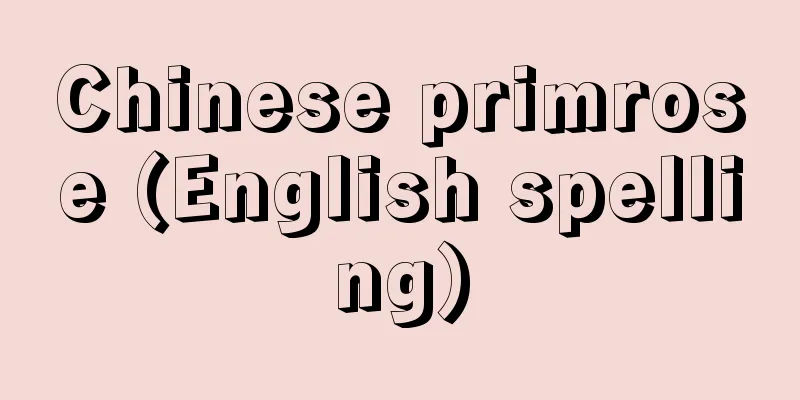Manabu Sano - Manabu Sano

|
Social activist and historian. Born in Oita Prefecture. After graduating from the Department of Political Science, Faculty of Law, Tokyo Imperial University in 1917 (Taisho 6), he studied agricultural administration at a graduate school for two years. After working as a consultant for the South Manchuria Railway's East Asia Economic Research Bureau, he became a lecturer at Waseda University in 1920. During this time, he participated in the founding of the Shinjinkai in 1918. In 1920, he founded the National Miners' Union, and led the Waseda Culture Association, the Construction Alliance, and the Gyominkai. In July 1921, he wrote an article titled "The Liberation of Special Burakumin" in the magazine Kaiho, which caused a stir and influenced the formation of the Zenkoku Suiheisha. In 1922, he joined the Japanese Communist Party and became a central committee member. In June 1923, just before the first round of arrests by the Communist Party members, he fled to the Soviet Union and attended the 5th Comintern Congress as a delegate. In 1925, he participated in the Shanghai Conference to rebuild the Communist Party, and then returned to Japan, where he founded the Musansha Shimbun. He was imprisoned for 10 months in the First Communist Party Incident in 1926. In 1927 (Showa 2), he attended the 6th Comintern Congress, was elected as a permanent executive committee member, and was active in the Comintern headquarters. In June 1929, he was arrested in Shanghai and deported. He led the trial struggles in 1931 and 1932, but in June 1933, he and Nabeyama Sadachika jointly declared their conversion, expelling Comintern and the Japanese Communist Party and advocating "socialism in one country" under the Emperor system. This marked the beginning of a mass conversion. After that, he devoted himself to the study of Eastern thought in prison, and was released in 1943 when his term was up. After World War II, he became a professor at Waseda University. In 1946, he formed the Workers' and Peasants' Vanguard Party, and in 1947, he founded the Japan Institute of Political and Economic Studies. He campaigned on the basis of anti-Soviet and anti-communist national socialism. [Kenzo Kitagawa] "Sano Manabu Collected Works Publishing Committee, ed., 'Sano Manabu Collected Works', 5 volumes (1958)" Source: Shogakukan Encyclopedia Nipponica About Encyclopedia Nipponica Information | Legend |
|
社会運動家、歴史学者。大分県生まれ。1917年(大正6)東京帝国大学法学部政治学科卒業後、2年間大学院で農政学を学ぶ。その後、満鉄東亜経済調査局嘱託を経て、20年早稲田(わせだ)大学講師となる。この間、1918年には新人会の創立に参加。20年には全国坑夫組合を創立、早大文化会、建設者同盟、暁民会(ぎょうみんかい)の指導にあたった。また21年7月雑誌『解放』に執筆した「特殊部落民解放論」は反響をよび、全国水平社結成に影響を及ぼした。22年日本共産党に入党、中央委員となった。23年6月共産党の第一次検挙直前にソ連に逃れ、コミンテルン第5回大会に代議員として出席。25年共産党再建のための上海(シャンハイ)会議に参加ののち帰国、『無産者新聞』を創刊した。26年第一次共産党事件で10か月下獄。27年(昭和2)コミンテルン第6回大会に出席、常任執行委員に選ばれコミンテルン本部で活動。29年6月上海で検挙、送還される。31年、32年の公判闘争を指導するが、33年6月鍋山貞親(なべやまさだちか)と連名で転向を声明、コミンテルンと日本共産党を排撃し、天皇制下での「一国社会主義」を唱えた。これが大量転向のきっかけとなった。以後、獄中で東洋思想の研究に打ち込み、43年満期出獄した。第二次世界大戦後は早大教授。46年労農前衛党を結成、47年日本政治経済研究所を創立。反ソ反共の民族社会主義の立場で運動した。 [北河賢三] 『佐野学著作集刊行会編・刊『佐野学著作集』全5巻(1958)』 出典 小学館 日本大百科全書(ニッポニカ)日本大百科全書(ニッポニカ)について 情報 | 凡例 |
<<: Republic of Sakha (English spelling)
Recommend
Korean Civil Service Department
…He was called Han Changli by the governor, but a...
Chest of drawers
A storage piece of furniture with drawers. The siz...
Loan for use - syoutaishaku
A contract in which someone borrows something fro...
Social welfare
The welfare (a numerical measure of subjective sat...
Roggeveen, J.
…It is an isolated island located at 27°08′ south...
ECD (Display)
...Various operating modes are known, but general...
Endoscope - Endoscope
A general term for instruments intended to diagno...
Red Dandelion - Red Dandelion
...It is a pentaploid plant, and its distribution...
Karinčiak, J.
…A Central European republic that existed from 19...
Backward reasoning - Ushiromukisuiron (English spelling) backward reasoning
One of the reasoning methods used in research in t...
toaster
...a tool for toasting bread. In Europe and the U...
Pseudo-asymmetric carbon atom
…The central carbon atom of the trihydroxyglutari...
Student Union - Gakuseirengoukai
...The Builders' League also carried out prop...
Sardine tongue net - Sardine tongue net
…At first, they failed repeatedly and had no fish...
Eagle owl (Washikito) - Eagle owl (English spelling)
A bird of the family Strigidae (illustration). Tot...

![Date [town] - Date](/upload/images/67cc22f182f65.webp)







